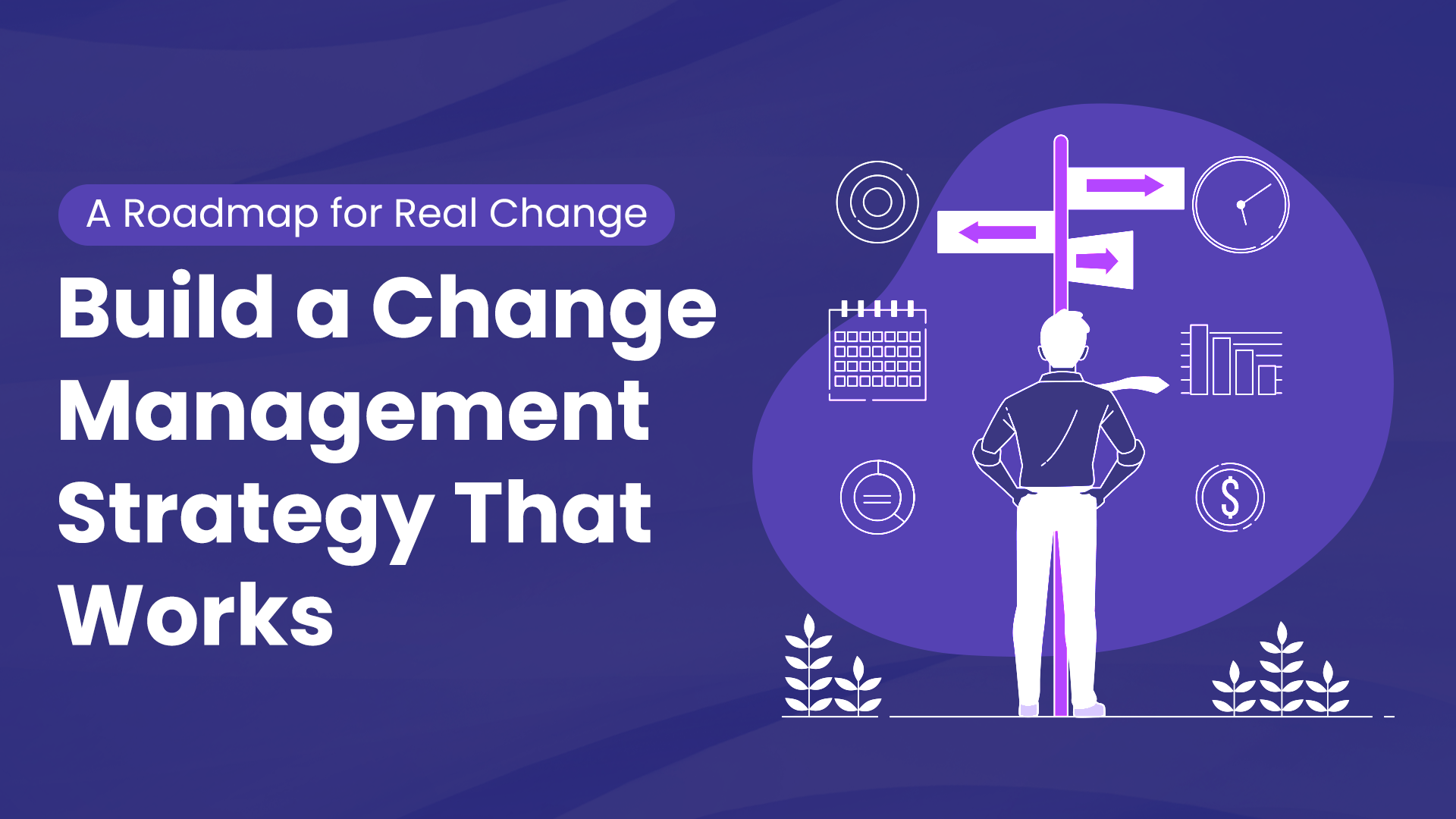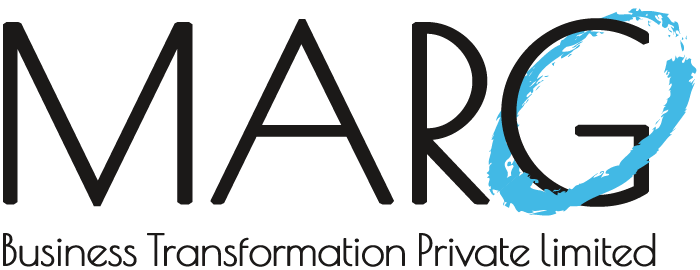
In today’s fast-evolving business landscape, building a robust change management strategy is no longer optional-it’s essential. Whether you’re shifting technology platforms, restructuring teams, or responding to global market pressures, how you manage change directly influences success. A well-designed strategy not only reduces resistance but aligns every stakeholder with the change goals from the start.
At MARG Business Transformation, we’ve seen that the most successful organisations don’t just execute change-they embed it deeply into their leadership mindset and culture. As a trusted change management company in India, we specialise in helping businesses build contextual and human-centered strategies that actually work in the real world.
Why Your Organisation Needs a Change Management Strategy
Without a clear change management strategy, most transformation initiatives fall short. A strong strategy acts as a roadmap – mapping who is impacted, what changes will occur, and how to implement those changes while minimizing disruption.
For any change management company, it’s critical to recognize that success depends on a clear, structured plan. This involves proactively managing communication, engagement, and resistance throughout the change lifecycle.
Understanding Organisational Change Management
Organisational Change Management (OCM) focuses on the people side of transformation. It involves preparing, equipping, and supporting individuals through change. By embedding OCM practices early in the strategy phase,
companies can create targeted interventions that reduce pushback and build acceptance.
A successful change management strategy should integrate:
· Impact assessments across systems, roles, and departments
· A coalition of change sponsors and advocates
· Communication frameworks that reach the right people at the right time
This approach ensures your workforce doesn’t just go through the motions of change – but owns it.
Components of a Successful Change Management Strategy
Here’s what separates effective strategies from generic ones:
1. Assess Readiness and Risk
Before implementing changes, evaluate how ready your organisation is. This includes reviewing past change outcomes, leadership alignment, employee sentiment, and Organisational Change Management maturity. Risk factors like change fatigue, lack of leadership buyin, or ongoing transitions should be accounted for at this stage.
2. Identify Stakeholder Impact
Each function and team will experience change differently. Use this phase to document how job roles, processes, tools, and even culture will shift. This insight fuels a more precise change management strategy, enabling teams to deliver tailored support to affected stakeholders.
3. Build a Sponsorship Coalition
Every successful change management company understands the power of visible leadership support. Sponsors should not only approve the change but advocate for it within their business units, addressing concerns and driving accountability.
4. Proactive Communication Planning
Effective change doesn’t happen in silence. Your strategy must include:
· Regular updates across channels (email, video, town halls)
· Stakeholder-specific messaging
· Transparent discussions on benefits, timelines, and challenges
This strengthens your Organisational Change Management framework and builds trust throughout the organisation.
5. Address and Prevent Resistance
Resistance isn’t always verbal. It can show up as disengagement, delays, or errors. A proactive change management strategy maps potential resistance points and develops mitigation tactics – like Q&A forums, listening sessions, and pulse surveys – to address concerns early.
6. Enable Skill Development and Support
Change often demands new skills. Equip teams with the training and resources they need to adopt new systems or workflows. A reliable change management company also empowers people managers and sponsors with coaching, ensuring top-down alignment.
Sustaining the Change
A successful strategy doesn’t end at go-live. Reinforcement activities like peer coaching, success tracking, and celebrating quick wins help integrate the change into daily operations. According to industry research, reinforcement is a key driver for long-term ROI.
Moreover, the best Organisational Change Management approaches use feedback loops and dashboards to monitor progress, course-correct when needed, and sustain momentum.
Tailoring Your Approach: One Size Doesn’t Fit All
No two changes are identical. Mergers, digital transformation, and leadership transitions each require distinct strategies. A seasoned change management company tailors its approach to the scale, complexity, and culture of the organisation.
By doing so, the change management strategy becomes agile – able to flex with evolving conditions while staying rooted in core goals.
Final Thoughts
At MARG Business Transformation, we believe that change must be experienced not just explained. That’s why our Organisational Change Management approach focuses on real-world scenarios, contextual delivery, and peer-based learning. From our deep-rooted experience across sectors to our certified frameworks, we help leaders move from awareness to action with confidence.
If you’re looking to embed a high-impact change management strategy in your organisation, partner with a change management company that doesn’t just deliver training but drives transformation. Let’s co-create change strategies that your people believe in, and your business grows from.






